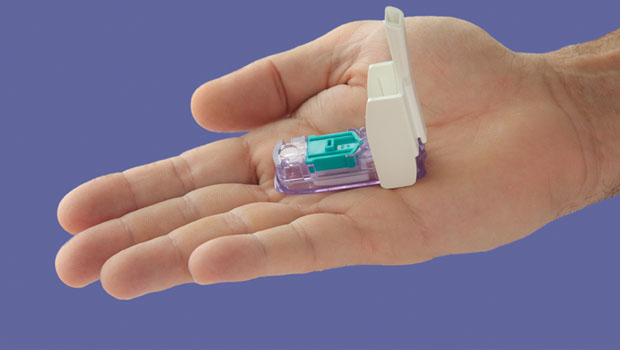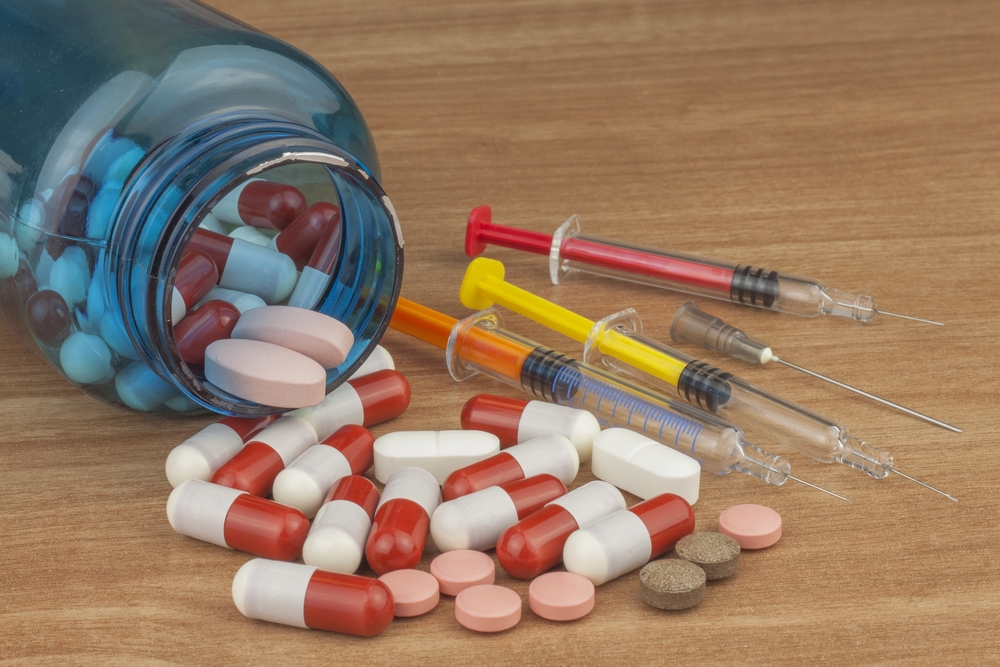Is Insulin Safe at Room Temperature?

An Insulin Nation reader who experienced a power outage recently asked whether the insulin in his fridge was still safe to use. In the aftermath of Hurricanes Harvey and Irma, we thought this might be a good time to share a short primer about the subject.
We asked certified diabetes educator Gary Scheiner of Integrated Diabetes Services about this, and he said that modern insulin formulations are designed so that vials can be stable at room temperature for close to a month. ConsumerMedSafety.org also states that an open vial of insulin is good at room temperature for 28 days.
Thanks for reading this Insulin Nation article. Want more Type 1 news? Subscribe here.
Unfortunately, that doesn’t cover every situation when the power goes out. Room temperature is generally agreed upon to be roughly in the range of 59 degrees fahrenheit to 77 degrees fahrenheit. Colder temperatures and hotter temperatures can diminish the effectiveness of the insulin; freezing temperatures can ruin insulin.
(Also, be careful to keep insulin away from direct sunlight if you store it outside the fridge.)
If you come home to a power outage after time away from home, you might have to do some detective work to determine whether the temperature of the room likely strayed from that “room temperature” range. In Texas and Florida, once the AC goes down, high temperatures could be very likely.
A fridge’s insulation can help slow what’s inside from becoming the same temperature as the room for a while; Foodsafety.gov says most fridges can keep what’s inside cool for four hours, while a full freezer will keep things cool for roughly 48 hours. Keep in mind that not every fridge has the same amount of insulation; an older fridge with a fraying seal may not keep things cool as long as a newer, well-insulated fridge.
When in doubt, talk to your healthcare provider about the situation. If you are in a position where you choose to use insulin after a prolonged power outage, be cautious. Monitor your blood glucose levels closely; if you see higher than average readings, consider that the insulin might be degraded and try and replace it. Don’t go without, however, even if it means you have to use over-the-counter insulin or make a trip to the emergency room. If you’re in the midst of a weather-related disaster, make sure you let those who are helping you know about your insulin needs and how important it is to get a new supply right away.
Do you have an idea you would like to write about for Insulin Nation? Send your pitch to submissions@insulinnation.com.
Have Type 2 diabetes or know someone who does? Try Type 2 Nation, our sister publication.







